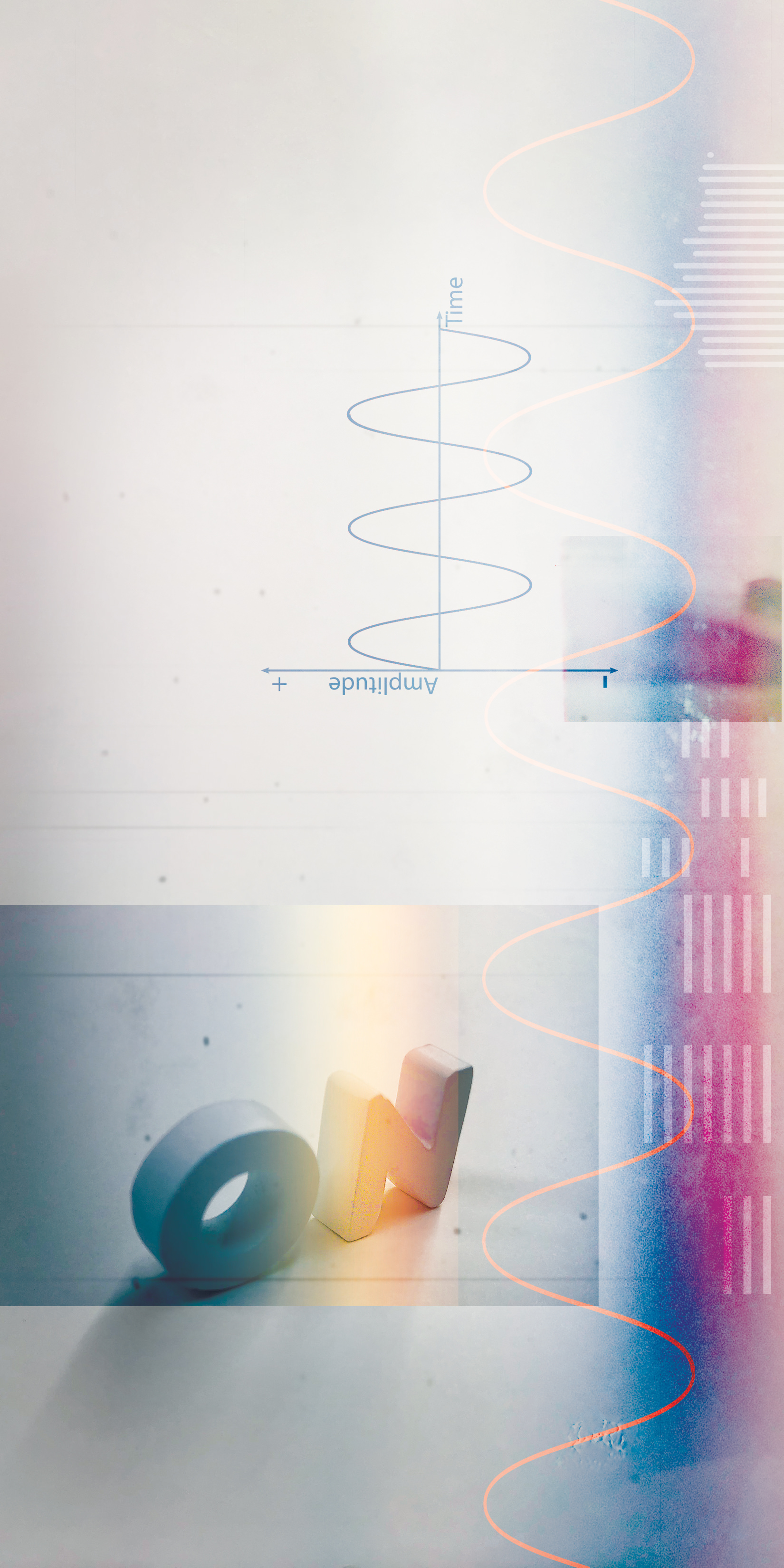LEWITT is one of the most innovative and thoughtful microphone designers right now. In a sea of manufacturers churning out knock-off mics, they stand out for releasing fresh, exciting designs. I recently enjoyed recording with their PURE TUBE mic [Tape Op #156] and was excited to try their latest offering in my home studio.
The LEWITT RAY one-inch cardioid capsule "autofocus" mic uses a laser to measure its distance from the sound source – typically a singer but see below for other uses. The mic uses that information for two different but equally handy features that can be used independently or at the same time. In AURA mode a sensor in the mic adjusts volume and tone based on the singer’s distance from the mic. I tried singing as close as I could get (the included magnetic pop filter and foam windscreen both allow you to get quite intimate). The RAY attenuated proximity effect automatically. Then, as I backed away, the mic adjusted gain and character to keep the sound of the performance consistent. While this feature is a boon for those of us recording musicians who are inexperienced in a studio environment, it’s not limited to this population. If you’re working with an energetic singer, this is the mic. If the singer is trying out some freshly scrawled lyrics and juggling the performance with the challenge of deciphering rushed handwriting, this mic would be ideal. If you’re tracking voiceover work or podcasts, and the talent needs the freedom to move their head a bit, the RAY can easily fix these tonal shifts. It's important to note that RAY's signal path is 100 percent analog in tandem with these new and unique technical innovations.
Another way the RAY takes advantage of its sense of distance is in the MUTE by Distance (MBD) setting, with its programable distance threshold (there’s also a mute button on the front of the mic if you don’t want to mess with MBD). Testing this feature in my studio, I was immediately struck by how much time I saved by not having to mute the mic while we listened to playback! If a performer steps back (or to one side) while not singing, the mic will mute itself during instrumental passages. This means less vocal editing for DAW-based studios, and significantly less gymnastics at mixdown for those of us recording to tape. The RAY also serves as a fantastic talkback mic on both sides of the glass: It will mute when performers are away at their instruments but turns back on when they step sufficiently close to it to ask questions or share feedback. If you’re in the control room, there's no need to hold down the talkback button to communicate with the artist – just approach the mic, and voilà, you’re conversing. I realize this is an expensive talkback mic, but you could use it as such when tracking basics and then promote it to vocal duty at the overdub stage. Unless you’re committed to mic bleed (super vibey when it works!) or in a facility with a bunch of isolation booths, I imagine this is how most people work.
For all of the above reasons, The RAY is a fantastic vocal mic that will save you time on vocal editing. Tracks cut with the AURA setting activated on the RAY won’t need as much EQ at the mix stage – no more wrestling with proximity effect, dynamic EQ, or multi-band compression to achieve a more consistent tone. While I’m on the subject of tone, I’d describe the sound as bright in a flattering way. You won't mistake this for a vintage tube mic, but the RAY isn't subject to that high frequency buildup commonly found in many affordable large diaphragm condensers.
Any mic in my small collection will be called on for multiple uses, so I also auditioned it on some of the obvious sources for a large diaphragm condenser. It worked well on my console piano, centered two feet over the player’s head, pointing at the hammers. The tone was full but never overwhelmingly boomy or bright. The RAY's sound reminded me of my Audio-Technica AT4040 [Tape Op #43] – not hyped but also (thankfully!) not overly bright, so I set up both mics to track a strummed Seagull acoustic guitar. On playback, the differences were more pronounced than I initially suspected. The RAY was brighter, with less low mids, and an overall sound that was mix-ready. The AT4040 was warmer and needed a bit of subtractive EQ in the low mids, but it won this shoot-out only because the track called for a mellower, Mazzy Star-like treatment. I was remixing a song for Reno indie rock trio Faint Shape when the RAY arrived, so I also tried it in front of my Fender Blues Junior for re-amping guitar and vocals. Singer J. Vineyard’s voice is clear and reedy, so for a little variation during the verses, I opted for a lo-fi telephone sound. For a bit of harmonic excitement in the chorus, I pushed the Fender into overdriven territory, blending the re-amped guitar with the clean tones the band sent me. In both cases, the RAY captured the amp’s sound superbly, saving me from having to use EQ to recreate what I was hearing in the room.
The AURA and MUTE by Distance functions speak to LEWITT’s penchant for innovation, but this level of thought and care also goes into their packaging. The RAY comes with an easy-to-use shock mount, foam windscreen, carrying pouch, and magnetic pop filter (I wish everyone would switch to these). The included cardboard box is not only sufficiently robust to safely store the mic when not in use, but it also transforms into a desktop mic stand!




_disp_horizontal_bw.jpg)